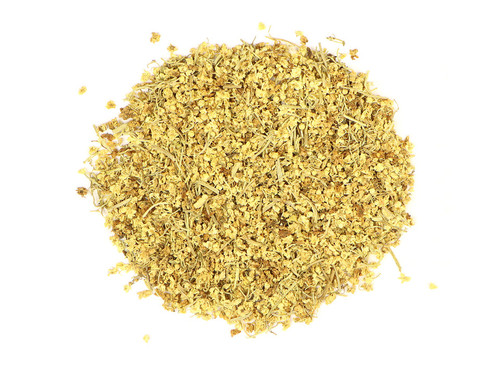Calendula officinalis, commonly known as calendula or pot marigold, is an annual herb with edible orange or yellow daisy-like flowers. Widely naturalized globally, it is a popular ornamental plant valued by herbalists for its beneficial properties. The flowers can be infused in oils for lotions, creams, and balms, or used to flavor and enhance herbal tea blends.
Native to Southern Europe, Egypt, the Mediterranean, and regions from the Canary Islands to Iran, calendula is cultivated in Mediterranean countries, the Balkans, Eastern Europe, Germany, India, Poland, Hungary, and to a lesser extent in North America, Chile, Australia, and New Zealand. Flowers are best harvested in summer during the heat of the day, when resins are high and dew has evaporated, and dried at low temperatures to maintain their vibrant color.
In medieval Europe, calendula was used to color and flavor foods, especially soups, and as a dye for hair and butter. Documented in European herbal texts, such as Henry Lyte’s A Niewe Herball (1578), it was noted for its bright flowers that open with the sunrise and close at night or on cloudy days. In the 17th century, Nicholas Culpeper recommended calendula juice mixed with vinegar for skin and scalp care and its tea for general health support.
In India, calendula has been used historically for its cooling and bitter properties in traditional herbal practices. In Traditional Chinese Medicine (TCM), known as jin zhan ju, it is considered neutral and drying, used to support healthy skin. In North American indigenous traditions, it has been used to soothe occasional digestive discomfort.
Precautions
Persons with allergies to other members of the Asteraceae family (such as feverfew, chamomile, or Echinacea species) should exercise caution with calendula, as allergic cross-reactivity to Asteraceae plants is common. We recommend that you consult with a qualified healthcare practitioner before using herbal products, particularly if you are pregnant, nursing, or on any medications.
This information has not been evaluated by the Food and Drug Administration. This product is not intended to diagnose, treat, cure, or prevent any disease. For educational purposes only.










